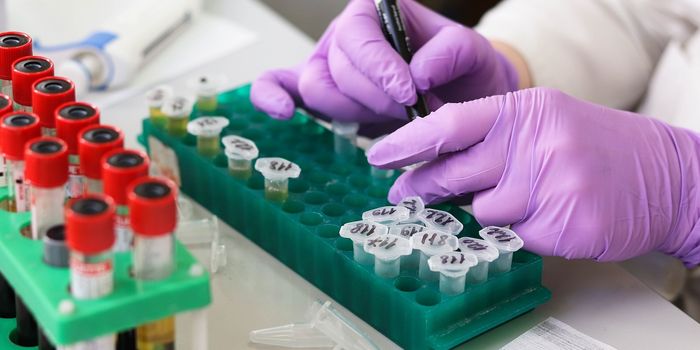High-Throughput Immunoassays: Accelerating Drug Discovery and Enhancing Compound Screening Efficiency

Traditional vs. High-Throughput Immunoassays
Immunoassays utilize the binding specificity of antibodies to detect and quantify specific molecules—like proteins, peptides or hormones—within a biological sample. These assays are crucial tools in clinical diagnostics and drug discovery. Traditional immunoassays involve laborious manual procedures—like sample washing and performing multiple dilution steps—rendering them impractical for high-throughput drug discovery.
HTIs are changing the landscape by offering speed, precision and scalability in drug discovery methods. They are automated, robotic systems designed to perform multiple reactions quickly and efficiently using key components like liquid handling systems, microplates and detection instruments. In general, HTIs expedite compound screening, are resource and cost efficient, minimize human error, and streamline data management. Below, we introduce key advantages to implementing HTIs in drug discovery workflows:
- Accelerated Screening: Thousands of compounds can be screened in a matter of hours, drastically reducing the time required to identify potential drug candidates.
- Target Identification: Researchers can simultaneously assess the binding affinity of numerous compounds to a specific target.
- Dose-Response Curves: HTIs generate dose-response curves for multiple compounds in a single experiment, providing insight into compound efficacy and potency.
- Low-Cost, Low Waste: Using microplates with numerous small wells, HTIs allow for conservation of reagents by screening many compounds with fewer resources, reducing the overall cost.
- Reduced Human Error: Automation reduces the risk of human error in the screening process.
- Data Management: The vast amount of data generated by HTIs is managed using advanced software, streamlining data analysis and interpretation, enabling researchers to make informed decisions quickly.
Rapid and Sensitive Determination of Cytokine Release from Cells
Lazar et al. developed a rapid, homogenous assay method to measure cytokine release from live cells using a Lumit® high-throughput, immunoassay approach. In this technique, separate primary antibodies to a specific cytokine are individually labeled with either the small, 11-amino acid subunit of NanoBiT® luciferase (SmBiT) or its 17.6 kDa complementary subunit (LgBiT). When these labeled antibodies converge on the target cytokine, the SmBiT and LgBiT subunits reconstitute a bright luciferase that produces bioluminescence proportional to analyte levels when the substrate, furimazine, is present. In this research, immunoassays were developed for several human cytokines, including IL-1b, IL-2, IL-6, IFN-g, and TNF-a—demonstrating both scalability and efficiency of HTIs.
The HTIs developed in this study were both sensitive and efficient. They found that these assays share excellent sensitivities (LLODs < 10 pg/ml) and broad linear ranges (>3 logs of cytokine concentration), eliminating the need for sample dilution. Furthermore, direct addition of assay reagents to 96-well plates containing human PBMC treated with various stimuli revealed wide-ranging, time-and dose-dependent release of TNF-a and IL-6. Similar direct application to activated T cells mixed with target Raji B cells demonstrated marked IL-2 and IFN-g release in response to the bispecific T-cell engager Blincyto® (EC50 of ~0.2 ng/ml). Further evaluation demonstrated Lumit® cytokine immunoassays are scalable to 384-well format, delivering excellent statistical performance (response CVs < 10%, Z’ values > 0.68). Read more about their work here.
Conclusion
The development of new pharmaceuticals could be revolutionized by high-throughput immunoassays, which offer speed, precision and scalability. Traditional immunoassays, while valuable, can be laborious and impractical for high-throughput drug discovery. In contrast, HTIs expedite compound screening, enhance target identification, minimize human error, streamline data management and more. We highlight one example demonstrating the rapid and sensitive determination of cytokine release from live cells using Lumit® immunoassays. These advantages make HTIs an invaluable tool in the pharmaceutical research landscape.








